Intro To Cavalry
Why Cavalry?
After Effects is the current industry standard for Motion Design, but it’s also super old and initially designed for VFX and Compositing. This means that the development process is split between the needs of multiple industries, AND it’s hard to keep things current while maintaining a codebase that’s ancient. Cavalry is being built NOW and is focused solely on the needs of current Motion Designers, and out of the box can do a ton of stuff that you have to buy plugins for in After Effects.
Dynamic Procedural Systems
Cavalry’s power comes from moving away from the ‘linear’ workflow of After Effects and leaning into Dynamic Procedural Systems. You can still do linear workflows exactly the same as in After Effects, but with Cavalry it’s super simple to connect text or colors to arrays that can be updated later on with a click of a button. We all know that most clients will have last minute revisions on almost any project, that depending on the scale could add hours of extra work. But once you start thinking in systems and preparing ahead of time, revisions are a breeze.
Connections
What makes Cavalry so dynamic is the ability to connect almost any attribute or value to any other attribute or value. There are TONS of different behaviors or utility nodes that can affect attributes. As an example think of a speech bubble — you can connect the width/height of a text box to the bubble shape’s width/height to always keep it the correct size, and the text itself can be linked to a Google Sheet than an external client can update. You can then use a Dynamic Render Index to batch render out 100 different versions with 100 different text lengths and have all of them look great. You can also use the text length to drive the speed of the animation so that the timing will overall be the same regardless of short text or long text, and this is literally one of the more basic things to do in Cavalry.
Built in Goodies
Cavalry has a ton of features baked in that you’d need plugins for in After Effects. (Some of these features are in the paid Professional License, but the free Starter tier also has a ton of good stuff. Honestly, if you are just getting started, the Starter License is enough to do a decent amount of client work on it’s own). Some things of note - Forge physics system: super easy to set up and use, and can handle dynamic workflows, Rubber Hose limbs and Joysticks n’ Sliders controls, shape morphing, pathfinder, squash n stretch, magic easing. Color arrays function very similar to Ray Dynamic Colors. Pretty much everything that Motion Designers have come to need in their client work is built right in.
‘I’ve only seen people make weird art with it, can it really do client work?
100%. I think a lot of people, myself included, start out making weird digital art stuff because there is so many behaviors and utilities to learn that it can be overwhelming. Coming from a ‘linear’ workflow can make it hard to wrap your head around the idea of systems. You might think that it’s tedious to set up some complicated system just to make a speech bubble animate on. However, once you get used to using Cavalry’s dynamic features, set ups are a breeze and enables you to make more complex animations that can be changed easily at any point in the process. Often I’ll set up the base system without worrying about ‘what it looks like’, and then adjust things to look good a bit later in the process. If set up correctly, at that point you can focus solely on the ‘design’ part and the ‘system’ takes care of a lot of the animation tweaks that may be needed.
I personally have moved 99% of all my motion design work, client and personal, to Cavalry. Taking the time to create good Dynamic Systems ends up saving me tons of time dealing with clients that I have more time to make tutorials and content like this.
‘Ok, I’m gunna delete After Effects right now’
Well, not quite yet. Cavalry is still fairly young and in active development. This means that while it already has a TON of amazing features for Motion Designers, there are a few areas where it’s currently lacking. One of the big ones is audio. There are currently limited ways you can use audio within Cavalry, but no option to export audio just yet. All of this will come eventually of course, but for now anything I do that needs sfx or music I do use After Effects or Premiere Pro for that part. At the moment Cavalry can also be a touch sluggish if you need to use a lot of images or video. But anything in the realm of 2D mograph is covered, and honestly just so fun to use
‘Are you sponsored by Cavalry'?’
I am not (though I wouldn’t say no to that haha). I just genuinely love working in Cavalry, and honestly believe it will be the industry standard within 3 years. It’s always good to stay on the frontlines of new tech, especially when it relates to an industry you work in. I also just like sharing my knowledge with people and Youtube / blog is the easiest way to do it.
Support me - If you want to support the content I’m making, the easiest way to support is to subscribe and share my Youtube channel. If you are learning Cavalry you can buy some of my tutorial Cavalry files here, and I am also making my own plugins for Cavalry here.
